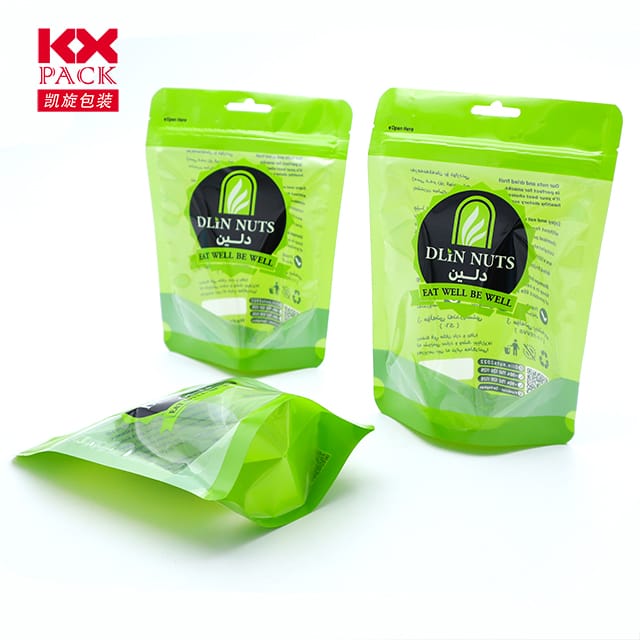电影卷包装的看不见的环境影响以及如何展开更绿色的未来
胶卷包装
从新鲜农产品包装到电子商务邮件, 胶卷包装 - 稀薄, 灵活的塑料床单用于保护和密封 - 在现代生活中无处不在. 而它的轻量级, 成本效益的设计似乎实用, 它的环境足迹讲述了一个更黑暗的故事. 每年, 数十亿磅的胶卷废物堵塞垃圾填埋场, 海洋, 和生态系统, 强调迫切需要系统改革.
为什么胶卷包装是一个回收的难题
胶卷包装 , 通常由低密度聚乙烯制成 (低密度聚乙烯) 或线性低密度聚乙烯 (线性低密度聚乙烯), 提出独特的回收挑战:
- 污染风险:
电影经常捕获食物残留物, 标签, 或粘合剂, 很难清洁回收利用. 由于污染的恐惧,大多数市政计划都拒绝了. - 后勤障碍:
与刚性塑料不同, 胶卷可以在回收设施中堵塞机械. 需要专门的设备来紧凑和处理它们, 许多设施缺乏. - 下降困境:
即使回收, 电影通常是 “下降” 进入低价值产品,例如复合木材或垃圾袋, 永久单使用材料的循环.
在美国, 仅有的 5% 的 胶卷包装 每年被回收, 其余的结尾处于垃圾填埋场或垃圾. 全球, 情况同样可怕, 随着塑料膜的贡献 20% 海洋塑料污染.
创新推动可持续电影卷解决方案
尽管存在这些障碍, 行业领导者和初创企业是开创环保替代方案:
- 可生物降解和可堆肥膜
- Tipa和Biopak等公司正在开发由植物材料制成的胶卷 (例如。, 玉米淀粉, 木薯) 在工业堆肥设施中分解 180 天.
- 这些电影符合ASTM D6400标准的堆肥标准, 提供传统LDPE的可行替代品.
- 消费后回收 (pcr) 内容
- 诸如密封空气和Novolex之类的品牌正在合并 50%+ PCR内容进入他们的电影卷, 减少对原始塑料的依赖.
- 一些邮件现在使用 100% 回收内容, 尽管耐用性和成本仍然是广泛采用的障碍.
- 可重复使用的返回系统
- 环形, 圆形购物平台, 与零售商的合作伙伴为干货提供可重复使用的胶片包装. 客户通过预付费标签返回包装,以清洁和重复使用.
- 模块化系统 (例如。, 可调节的膜分配器) 通过允许用户仅削减所需的东西来减少浪费.
- 基于纸张的替代品
- 涂层牛皮纸等创新 (例如。, Futamura的NatureFlex) 提供防水性和灵活性, 代替某些应用的塑料膜 (例如。, 新鲜农产品).
消费者和企业如何采取行动
- 对于消费者:
- 回收正确: 检查您当地的杂货店是否接受塑料膜 (许多人通过店面垃圾箱做). 避免在路边回收中扔电影.
- 选择可持续品牌: 寻找标签 “100% 回收” 或者 “家庭堆肥” 在包装上.
- 减少用法: 选择批量购买, 可重复使用的容器, 或最小包装商店.
- 对于企业:
- 采用PCR电影: 过渡到30–50%再生内容的胶卷. 与RJG塑料或生态产品等供应商合作.
- 圆形设计: 确保包装易于分离 (例如。, 没有胶合标签) 并与回收流兼容.
- 教育客户: 包括有关包装的清晰处置说明和促进回收计划.
- 政策和倡导:
- 支持扩展生产者责任 (EPR) 要求制造商资助电影的回收基础设施的法律.
- 倡导非必需应用中一次性塑料膜的禁令 (例如。, 超市生产袋子).
更大的图片: 重新考虑柔性包装
胶卷包装 是一个更广泛问题的症状: 我们依靠一次性, 一次性材料. 实现真正的可持续性, 我们必须完全重新设计包装系统:
- 投资重用模型: 优先考虑可返回的容器, 补充电台, 和存款方案.
- 创新材料: 资助可生物降解聚合物或可食用膜的研究 (例如。, 基于海藻的包裹).
- 改变消费者的行为: 标准化可重复使用的袋子, 容器, 以及通过激励和教育购买的批量购买.
结论: 包装明天更绿色
下次您展开包裹或扔塑料邮件时, 暂停: 那个薄膜可能会持续数百年. 但是通过支持可回收的替代方案, 倡导政策变更, 并减少消费, 我们可以展开包装保护产品和地球的未来.
立即行动:
- 回收您的 胶卷包装 在当地的下降点.
- 使用可堆肥或再生胶片改用品牌.
- 分享这篇文章以提高人们对电影隐藏的环境成本的认识.
一起, 我们可以扭转塑料废物的潮汐 - 一次柔性卷.
来源: 艾伦·麦克阿瑟基金会, EPA, 包装摘要, 身体的家伙.






